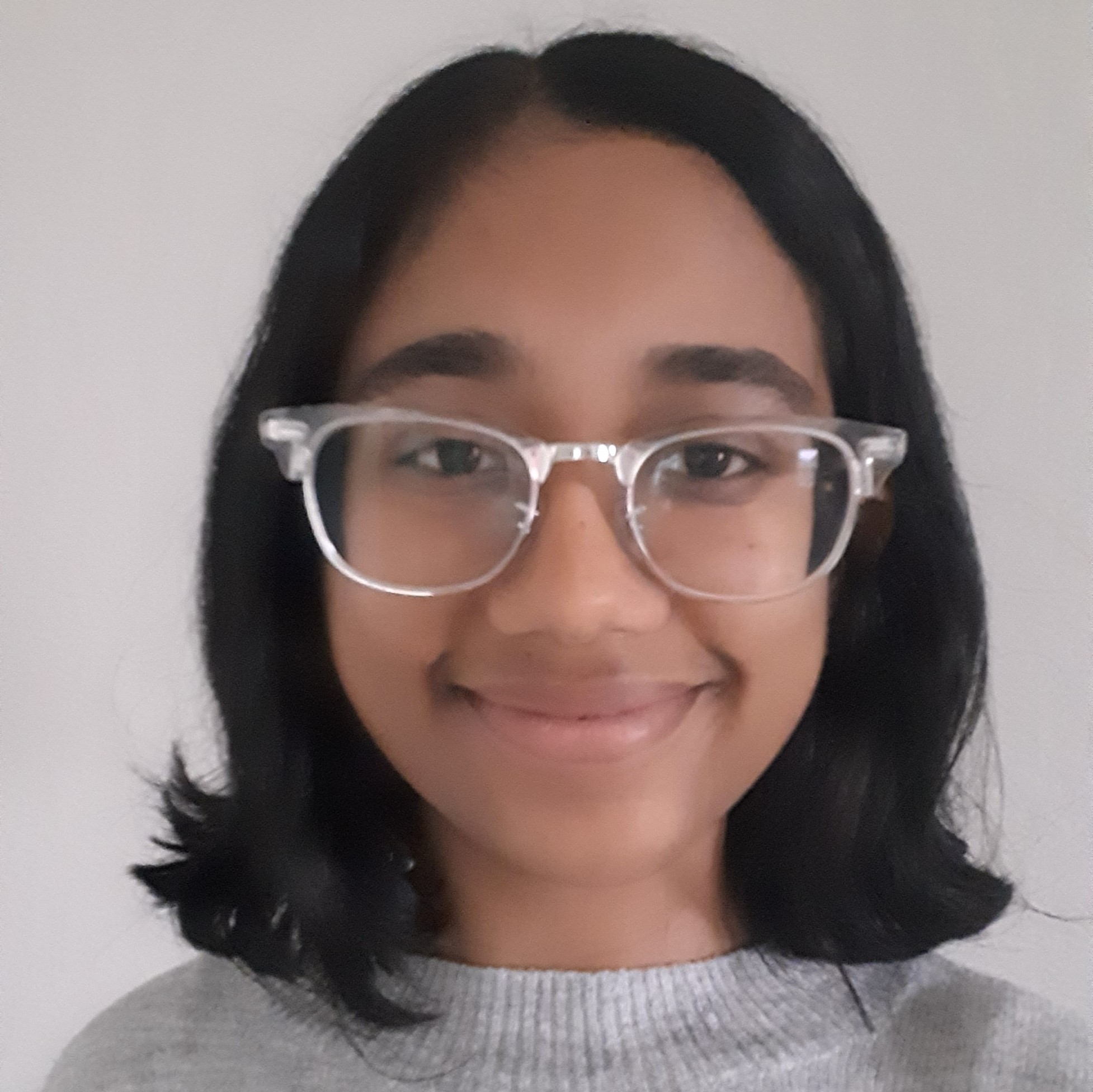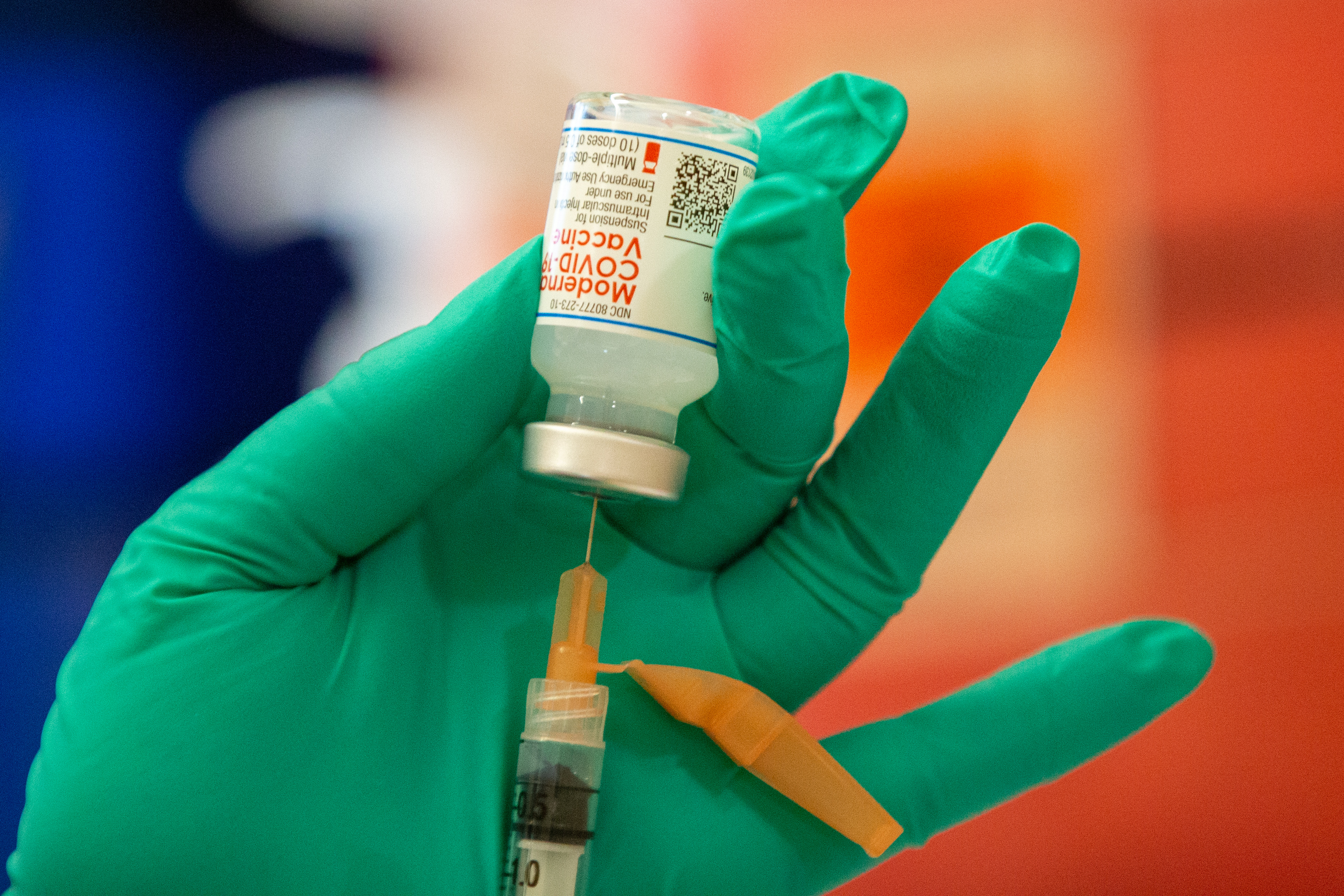In the United States, many people over the age of 18 still harbor a level of resistance towards receiving the vaccine due to the fact that all COVID-19 vaccines are currently non-FDA approved. Following Pfizer’s announcement in May to seek approval from the FDA for their COVID-19 vaccines for ages 16 and up, Moderna has also announced that it will start the approval for people 18 and up. An approval could help bolster vaccination rates - according to Kaiser Family Foundation’s latest vaccine monitor report - due to the fact that nearly a third of unvaccinated adults are waiting for a full FDA approval of a vaccine before getting it. In an interview with ABC, Dr. William Moss, executive director of the International Vaccine Access Center at the Johns Hopkins Bloomberg School of Public Health, indicated that there are some caveats to waiting for the vaccines to become FDA-approved due to the “rigorous” nature of the approval process. The authorization process, in comparison, is shorter than the amount of time needed for approval (at least two months of follow-up data from phase 3 clinical trials), whereas six months are required for approval. But how has vaccine rollout been despite the lack of FDA approval?
In the United States, it is clear that the vaccination program and community mitigation efforts have resulted in lessened cases. According to a report by the CDC, “High vaccination rates and compliance with public health prevention measures are essential to control the pandemic and to prevent surges and hospitalizations and deaths in the coming months,” with CDC director Dr. Rochelle Walesky briefing that previous predictions of a more grim summer may not hold true if the appropriate measures continue. But there are signs that immunization efforts may be slowing down, as inoculations have declined more than 40% from the peak on April 10 of 4.6 million shots. Strategies to further drive momentum for vaccines have included public health workers knocking on doors, dispatching mobile clinics to large employers and sending doses in similar quantities to family doctors to reach more people. It is important to note that a good portion of these areas include people who live in underserved communities or lack appropriate accommodations to get to a vaccination site, on top of people who are still hesitant to receive the vaccine. According to public health officials, the amount of doses that will need to be shipped out from drug companies will have to be in smaller quantities in order to help mediate the waste of doses in a vial.
Globally, the COVID crisis has been a marker of inequities for access to healthcare resources that high-income countries have a clear abundance of, compared to other lower-income countries. According to the Washington Post, 45 percent of all vaccine doses administered so far have gone to just 16 percent of the world’s population in what the World Bank considers high-income countries, with wealthier countries locking up 53 percent of near-term vaccine supply. Wealthier nations likely gained a head start in the vaccine process beginning in the summer and fall of last year when higher income countries began business with vaccine-makers, purchasing an inequitable number of vaccines compared to the world’s population. While the United States and other wealthy nations continue to drive forth immunization programs, much of the rest of the world is grappling with attaining such a supply, which could result in achieving herd immunity at a much later time.
The World Health Organization (WHO) further explains how access to vaccinations have discerned between richer and poorer nations. While affluent nations have discussed the possibilities of booster shots, a vast majority of developing countries have not been able to provide their front-line workers with their first shots. Low-income nations have received less than one percent of vaccines administered so far, in which these conditions naturally lend themselves to the mass spread of variations. The WHO reports that a budget proposal by the International Monetary Fund (IMF), which is an estimated $50 billion, will prioritize inoculations in developing countries, a significant proportion needing to come in the form of grants and concessional financing. Doses would also be donated to developing countries in order to keep pace with national vaccine development plans, which would require adequate diplomatic proceedings. While sharing tangible doses are just as important to mediating the virus in low-income countries, the sharing of other related technology is just as imperative, including “diversifying production to regions with little current capacity, sharing technology and know how, scaling up genomic and supply-chain surveillance, and contingency plans to handle virus mutations or supply shocks” in order to ensure that booster shots are not required.
Although higher-income countries have been able to act relatively quickly with vaccine rollout, there are still many communities within these countries who have been unable to enjoy the benefits of such a rapid rollout, especially within the United States. According to data collected by The Marshall Project and The Associated Press, fewer than 20% of state and federal prisoners have been vaccinated, and when prisoners are available to get vaccines, much of the information that comes with receiving the vaccine is inaccessible. Due to the overcrowding of many prisons and scarcity of necessary resources, nearly 3 in 10 prisoners have died since the beginning of the pandemic, amounting to a total of 2,500 inmate deaths. While the CDC has told states to “prioritize corrections staff and people in prisons and jails” regarding the vaccine rollout, due to the sheer concentrations and large clusters of people within prisons, both Arkansas and Florida had not begun vaccinating inmates by the end of March. In Tennessee, the process was especially long given the controversy surrounding the nature of vaccinating inmates first, with health officials eventually announcing in March that some of the prison population could receive the vaccine if they qualified by age or had certain health conditions. Despite all inmates being eligible to receive the vaccine in April, many inmates still have reservations regarding the ethics of the prison health system, with a Marshall Project survey of 136 inmates expressing a deep distrust of prison medical systems, citing “misinformation spread by staff and previous experiences of not receiving care” as reasons for vaccine hesitancy.
Another community that has been undermined by the U.S. vaccine rollout are rural communities. According to KUOW, Alaska is the only state where average rural rates of fully vaccinated people have grown faster than urban rates since April 19th, with every other area having urban counties far ahead of rural counties for vaccine rates. Access to vaccines in rural areas is especially essential given “the higher proportion of residents over 65 years of age, lacking health insurance, living with underlying medical conditions or disabilities, and with limited access to health care facilities with intensive care capabilities” according to CDC epidemiologist Vaughn Berry.
Indigenous communities have been a model of how communication plays a key role in achieving high vaccination rates - the Navajo Nation has paid community health members who work with the Indian Health Service and are committed to ensuring that relationships are forged in rural communities. Despite being hit hard by COVID-19 (American Indians and Alaska Natives are more than twice as likely as white Americans to have died of COVID-19 since the beginning of the pandemic, according to the CDC), nonprofits such as the Denver Indian Health and Family Services have been working within communities to rally community members to receive the vaccine. Although Indigenous communities were largely tossed aside by the government during the brunt of the crisis, community members have been adamant about an equitable vaccine rollout within their communities, creating an efficient paragon for dispersing immunizations.

